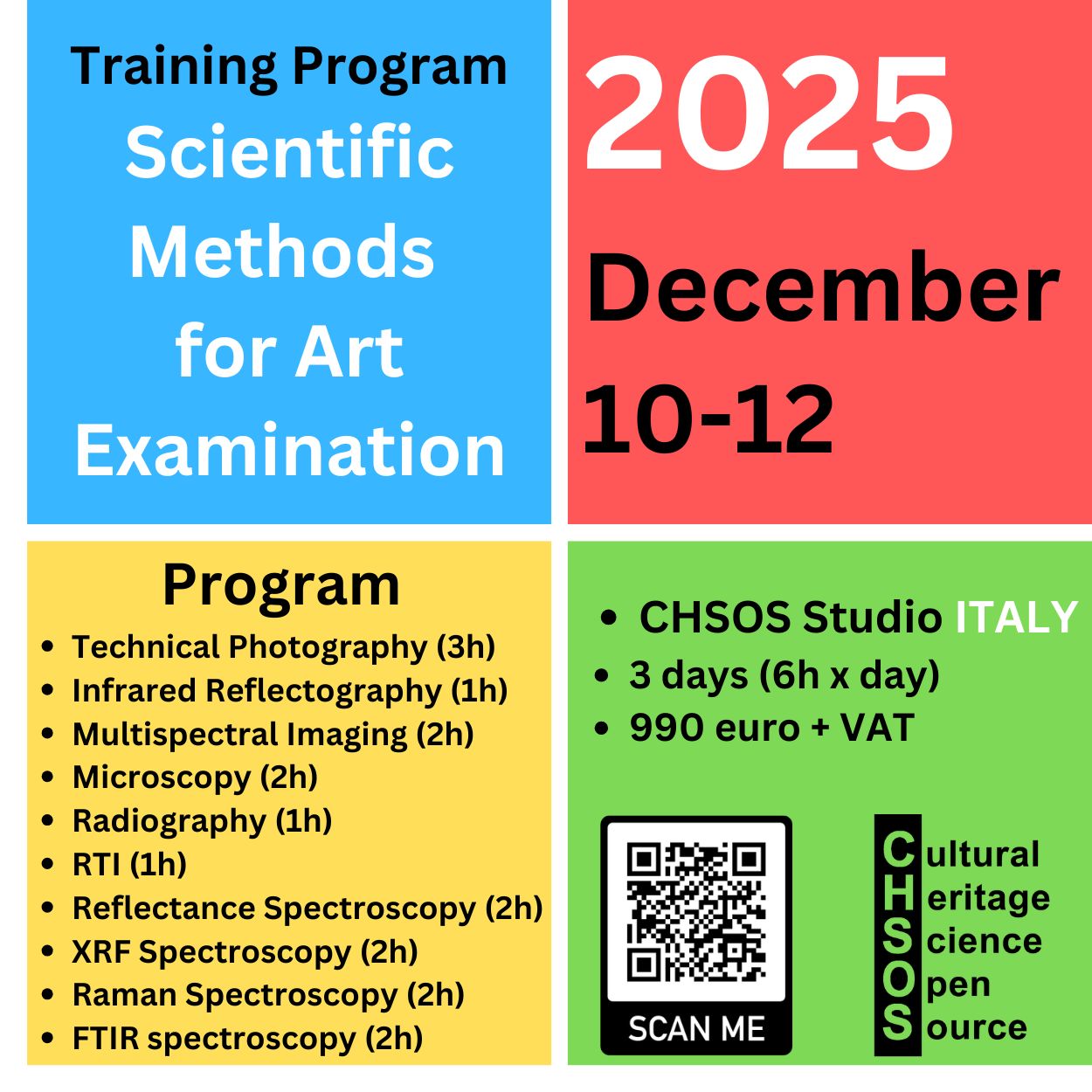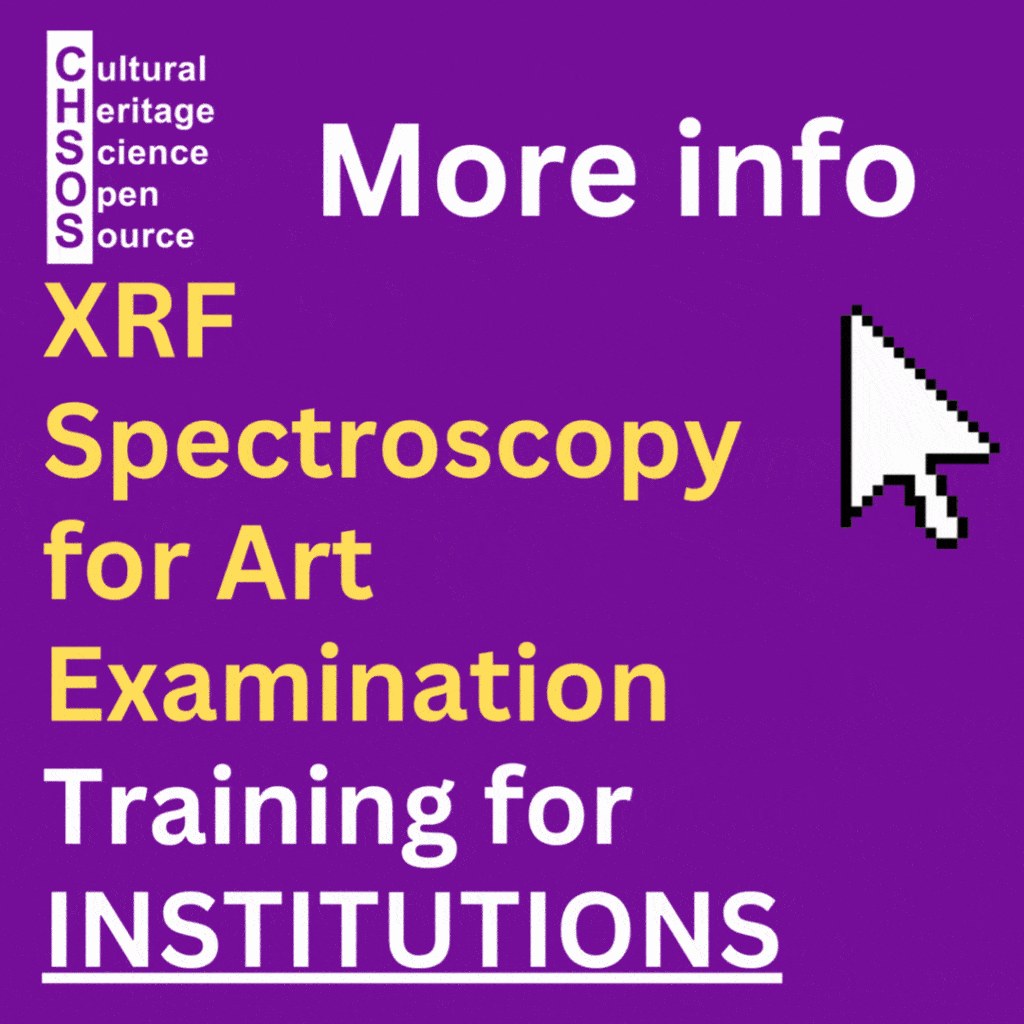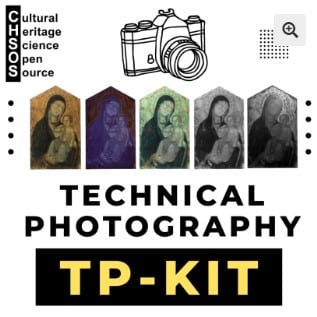Home » Products » Panoramic Infrared Reflectography

Valeria – the Panoramic head for Infrared Reflectography
In brief
InGaAs cameras are the standard for Infrared Reflectography. Unfortunately, they have small sensors of just 320×256 pixels. Compare this with a normal 36MP photo camera with 7360 x 4912 pixels! Consequently, in order to produce an IRR image of a work of art with enough resolution we need to stitch a large number of close-up IRR images. This process can be done with a Panoramic head and the method is called Panoramic Infrared Reflectography (PIRR).
Panoramic Infrared Reflectography is a fast and low-cost solution to scan a painting with any InGaAs infrared reflectography camera. We created Valeria, a panoramic head specifically designed to interfaces with your infrared camera.
- Valeria Panoramic head. Automatically shoot the images with your InGaAs camera
- Any InGaAs infrared camera (we do not sell this)
- Stitching software, we use PTGUI Pro
Features
- works both at 110-220 V
- the system is based on 2 high precision motors which deliver angular step as low as 0.1 degree
- programmable scan process interfaceable with your InGaAs camera.


What InGaAs camera is best?
You can attach any InGaAs camera, any brand. Below are our suggestions.
Resources
National Gallery (London) – Raphael’s Madonna of the Pinks
What is Infrared Reflectography?
The National Gallery has pioneered the use of infrared imaging to study underdrawings in paintings. For example, the gallery’s infrared imaging study of Raphael’s Madonna of the Pinks (~1506–07), revealing an exquisite underdrawing beneath the paint layers.





